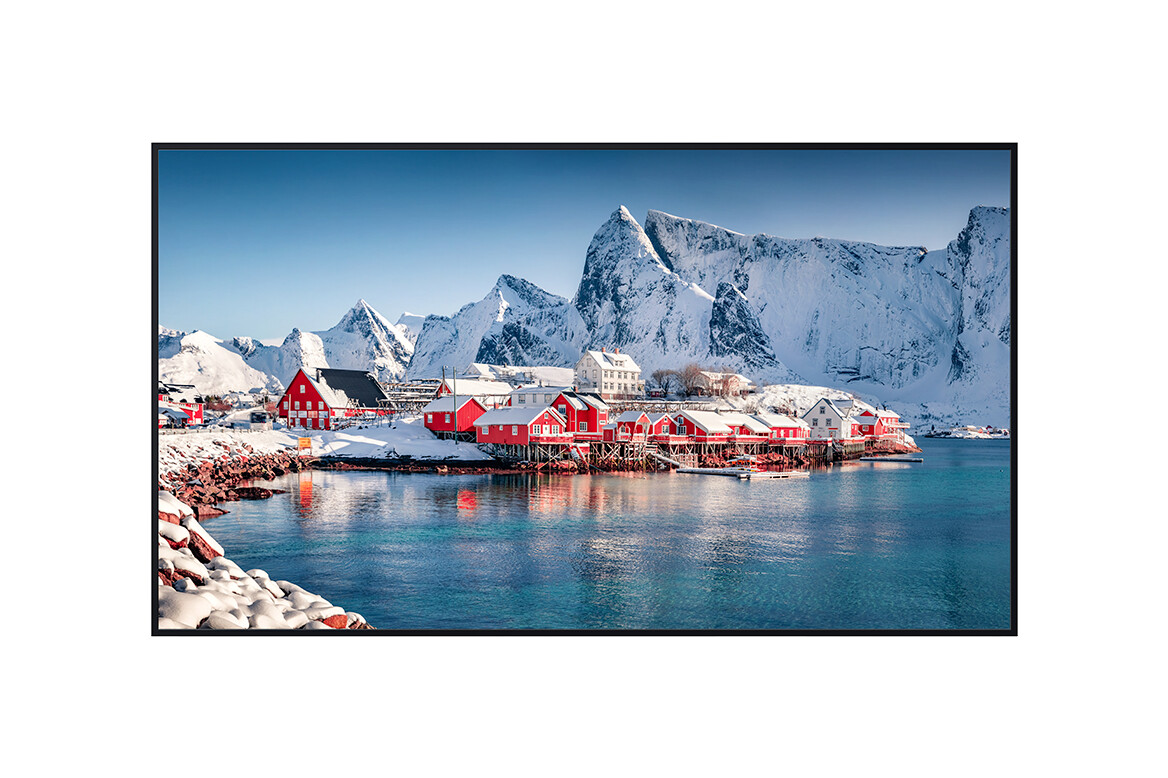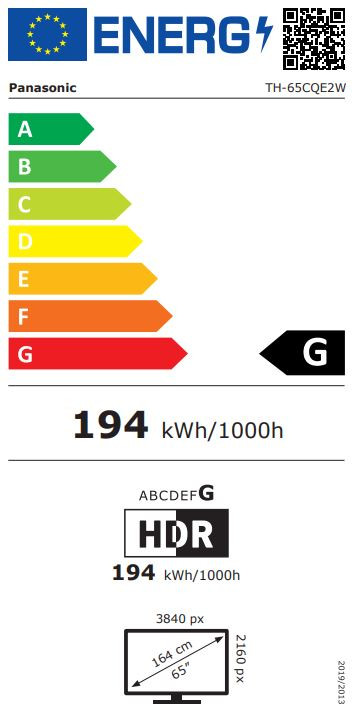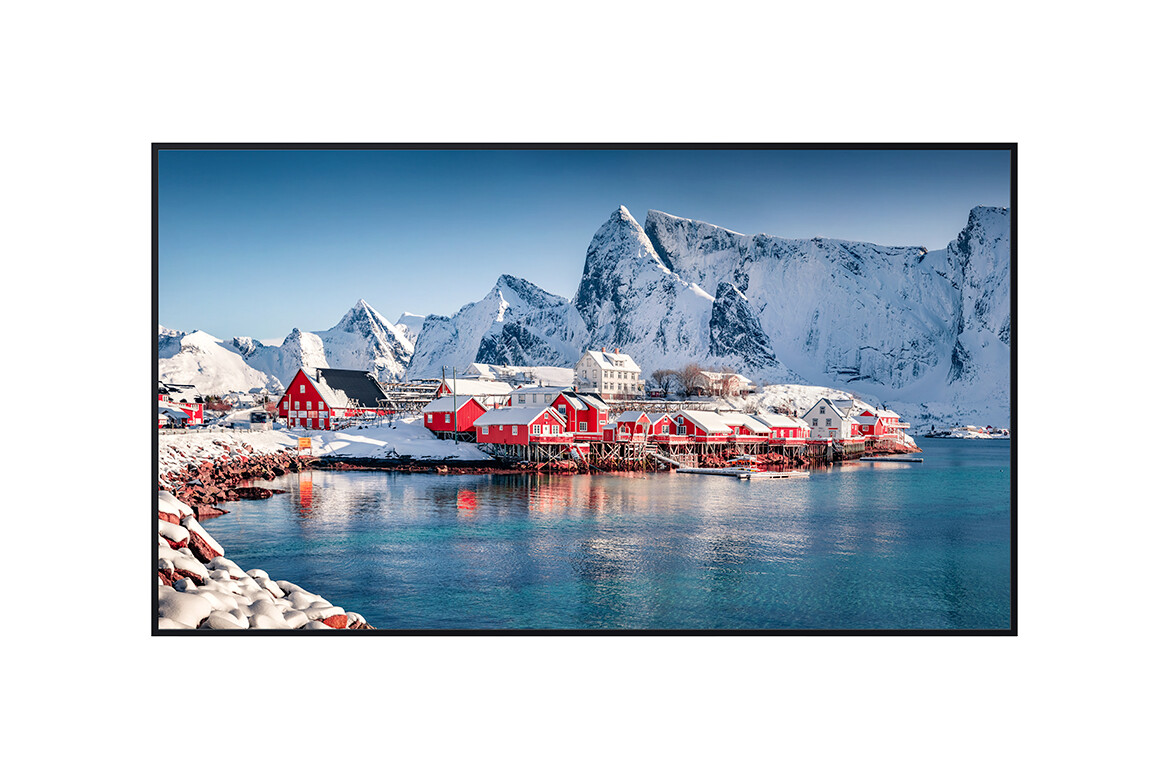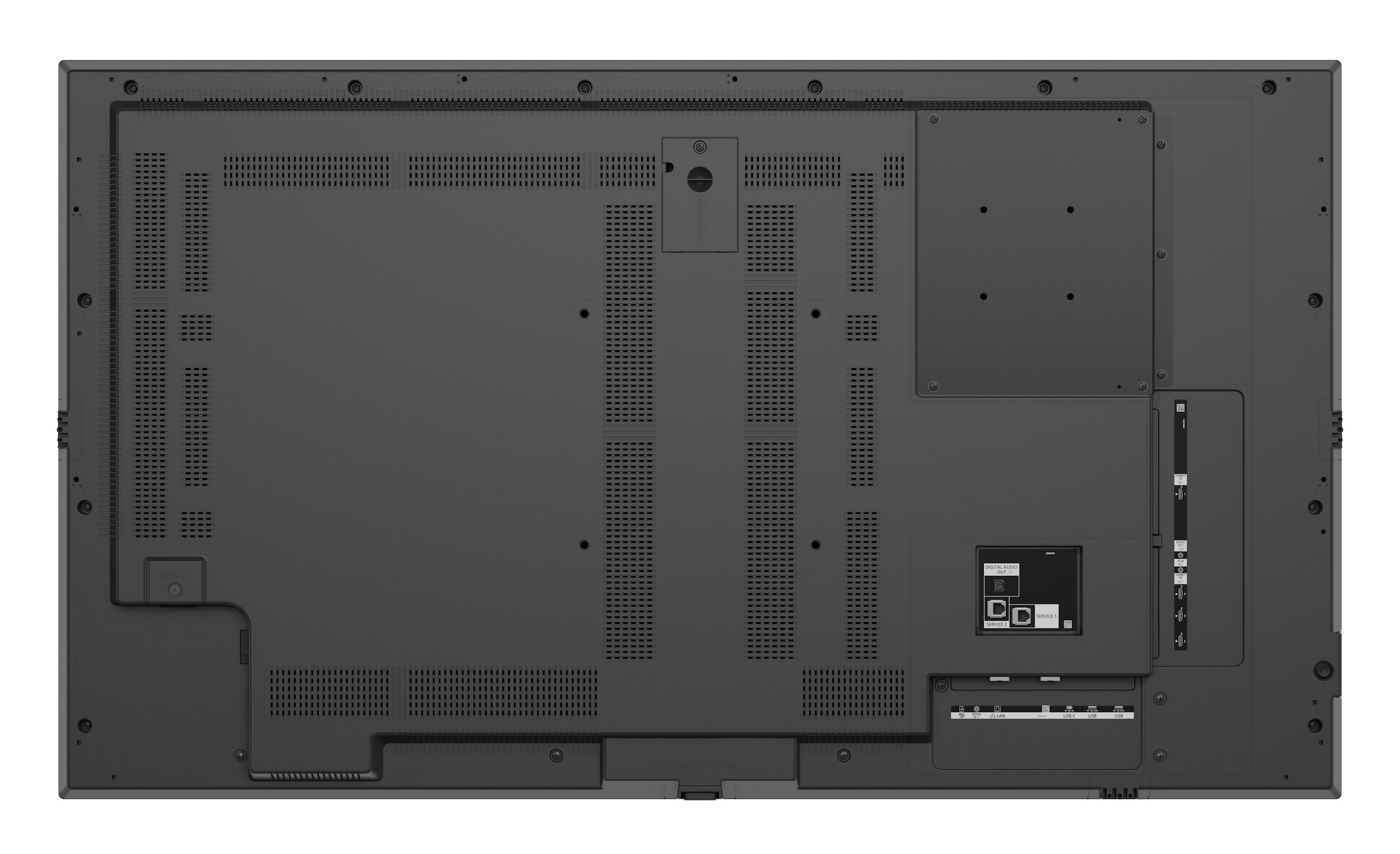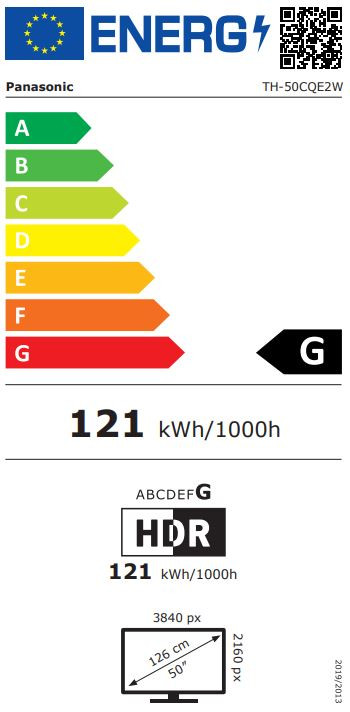Panasonic displays
Panasonic is known as a manufacturer of high-quality TV sets. This knowledge is also incorporated into the production of Panasonic displays, which ensures brilliant images and first-class picture quality.
Panasonic displays are always used where the user is looking for a high degree of quality and longevity. Panasonic's support offers useful tools such as the Video Wall Configurator, which can be found in the list on the right, even before purchase and installation. You can use it to configure and compare the various Panasonic Video Wall Displays.
17 Products
Sort by:



